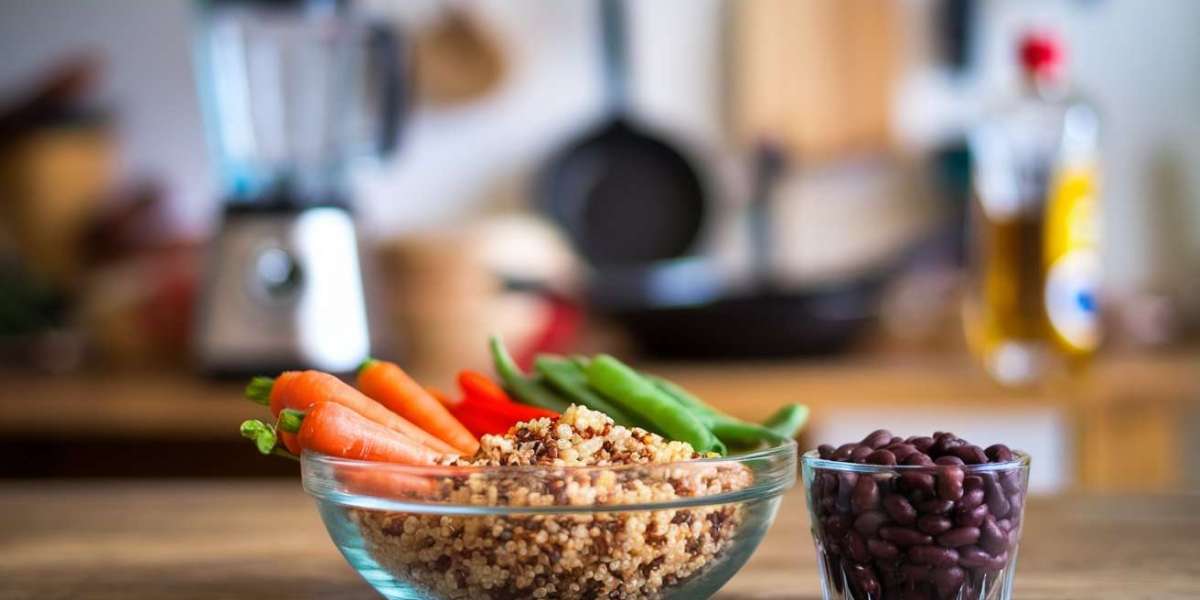SIBO, or Small Intestinal Bacterial Overgrowth, is a condition where too many bacteria grow in the small intestine. This can cause gas, bloating, pain, and other stomach issues. Many people with SIBO are told to follow a special diet. But what if you're vegan? Don’t worry—you can still manage your symptoms with a sibo diet vegan approach.
Let’s explore how to eat plant-based and still keep your gut happy.
What Is SIBO?
SIBO happens when bacteria that should stay in the large intestine move up into the small intestine. These bacteria ferment food too early, which causes discomfort.
Common symptoms include:
Bloating
Gas
Cramping
Diarrhea or constipation
Brain fog
Doctors often recommend diet changes as part of treatment. The low-FODMAP diet is one popular option. But vegans might struggle with this, since many high-FODMAP foods are plant-based.
Challenges of a Vegan SIBO Diet
Vegan diets are rich in fiber, legumes, fruits, and vegetables. However, many of these foods are high in FODMAPs. That makes a vegan SIBO diet tricky.
Some foods to limit or avoid:
Onions and garlic
Lentils and chickpeas
Apples and pears
Wheat and rye
Still, with planning, you can follow a [SIBO diet vegan] safely.
Vegan Low-FODMAP Foods
There are many plant-based foods that are low in FODMAPs and safe to eat with SIBO.
Here are some good choices:
Firm tofu
Zucchini
Spinach
Strawberries
Quinoa
Rice
Almond milk (unsweetened)
Pumpkin seeds
Always check portion sizes, as FODMAP content can vary.
Sample Vegan SIBO-Friendly Meals
Breakfast
Oatmeal made with almond milk
Topped with strawberries and pumpkin seeds
Lunch
Quinoa salad with zucchini, spinach, and olive oil
Firm tofu on the side
Snack
A handful of walnuts or rice cakes
Dinner
Stir-fried vegetables with tempeh (check tolerance)
Served with white rice
This sample plan avoids high-FODMAP foods while staying fully plant-based.
Tips for Success on a Vegan SIBO Diet
Work with a dietitian. They can help you build a plan that fits your needs.
Keep a food diary. Track what you eat and how you feel.
Start slow. Try one new food at a time to check for symptoms.
Cook at home. This helps you control ingredients and portions.
Read labels. Avoid hidden high-FODMAP ingredients.
Supplements and Nutrients
Cutting out many plant foods can lower fiber and vitamin intake. A few tips:
Take a vegan multivitamin
Use a B12 supplement
Get enough calcium and iron from low-FODMAP sources
Consider digestive enzymes (if approved by your doctor)
These can help fill the gaps while you manage SIBO.
Reintroduction Phase
After the elimination phase, you may reintroduce some FODMAP foods. Do this slowly, one food at a time. Keep an eye on how your body reacts.
This phase helps you build a long-term, balanced diet.
Conclusion
Yes, it’s possible to follow a sibo diet vegan and still feel good. Though it takes planning, there are many tasty, low-FODMAP vegan foods to choose from. With the right approach, you can reduce symptoms and support your gut.
Stick with it. Listen to your body. And work with a professional to make sure you're getting the nutrients you need.


